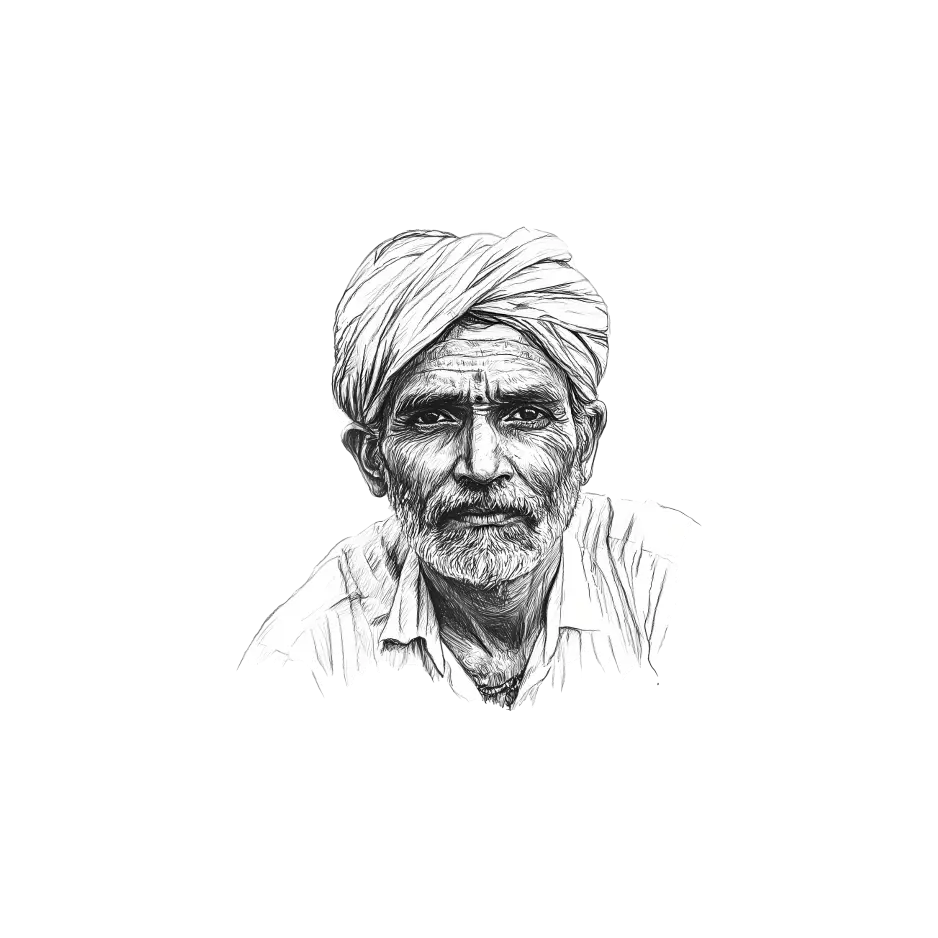
Chikankari Sarees: The Embroidered Elegance of Lucknow

A Heritage Woven in Thread and Tradition
Chikankari sarees, the delicate and timeless embroidery of Lucknow, embody grace, finesse, and old-world charm. Originating during the Mughal era and patronized by Emperor Jahangir’s wife, Nur Jahan, Chikankari is an intricate hand embroidery technique that transforms fabric into poetry. Rooted in Persian influences, this craft flourished in the Nawabi culture of Awadh, making Lucknow its undisputed heartland.
Traditionally done on muslin, today’s Chikankari sarees are embroidered on fine georgette, chiffon, cotton, and silk, preserving the art’s ethereal beauty. Each saree features motifs inspired by nature, architectural elements, and Persian artistry, stitched by hand using a white-on-white embroidery technique that enhances the fabric’s elegance.

The Artistry: Embroidery, Motifs, and Stitching Techniques
Chikankari is more than embroidery; it is a meticulous hand-stitched technique that brings subtle sophistication to any saree. Key elements include:
- Bakhiya (Shadow Work) – Threadwork is done on the reverse side of the fabric, creating a shadow effect on the front.
- Phanda (Knotted Stitch) – Tiny French knots that add depth and texture.
- Jaali (Lattice Work) – A delicate openwork pattern resembling fine netting.
- Murri (Grain Embroidery) – Small, pearl-like stitches forming intricate designs.
- Tepchi (Running Stitch) – A basic yet elegant stitch often used in floral patterns.
Chikankari sarees often feature floral and paisley motifs, reflecting Mughal gardens and Persian influences. The art is painstakingly slow, with each saree taking weeks or months to complete, ensuring that no two pieces are ever alike.

How to Identify a True Chikankari Saree
A genuine Chikankari saree can be identified by:
- Hand-stitched Embroidery: Unlike machine-made versions, real Chikankari has a soft, raised texture with visible threadwork on both sides.
- Soft and Lightweight Fabric: Authentic Chikankari is done on fine, breathable fabrics like georgette, cotton, and muslin.
- No Uniformity: Each motif is unique, carrying the artisan’s touch, whereas machine-made versions are overly symmetrical.
Fine Detailing: Look for intricate jaali (netted) work, a hallmark of authentic hand-embroidered Chikankari.

The Beauty of Handloom: A Testament to Artistry
Handwoven sarees are more than fabric; they are an expression of human skill and dedication. Unlike powerloom textiles, which focus on speed and mass production, handloom sarees retain an organic touch—each weave carrying slight variations, a signature of authenticity. The drape, softness, and breathable nature of handwoven fabric make them superior to machine-made alternatives, ensuring comfort and elegance that only improves with time.

Meet the Artist: The Daughter Carrying Forward a Legacy
Twenty-five-year-old Alisha Begum sits beside her mother, Saira Bano, carefully tracing a floral pattern onto sheer muslin. Learning the craft from her mother, who has spent over four decades embroidering Chikankari sarees, Alisha dreams of keeping this delicate art alive in an era dominated by fast fashion. Every stitch she embroiders carries the love, precision, and patience passed down through generations.
